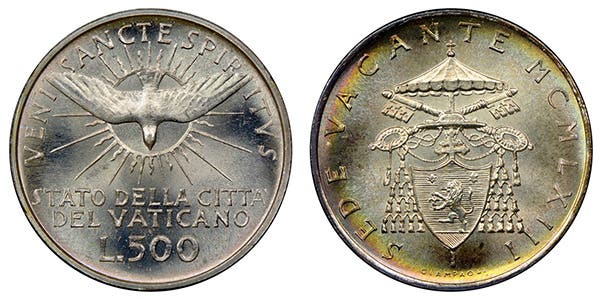Coins of Christmas Puddings Past
It’s time for a story, one that’s bittersweet. Sweet because it involves Christmas pudding. Bitter because if you bite too hard into the story, you could chip a tooth. Why?…
It's time for a story, one that's bittersweet. Sweet because it involves Christmas pudding. Bitter because if you bite too hard into the story, you could chip a tooth. Why?
You may or may not have heard of coins being put into Christmas Puddings in the U.K. According to www.history.com, Christmas pudding originated around the 15th century in England and was known as "plum pottage." It had meat and root vegetables and was served at the start of the meal. The "plum" part was generic for any dried fruit including raisins, currants, prunes, etc. The pudding shifted from savory to sweet when more dried fruits became available in England.
Traditionally, Christmas (Plum) Pudding is made five weeks before Christmas. When the pudding was being made, some families would put coins into the mixture for wishes of wealth and is said to bring good luck to the person who finds it. In the UK, the coin that traditionally was used was a 6- pence piece. There are some records that state the practice goes back to the 1300s and that small crowns or silver farthings were used.
Now that you know, be sure to check your pudding before you bite into it! Perhaps you also may come across a small lucky fortune.
Happy Holidays!








